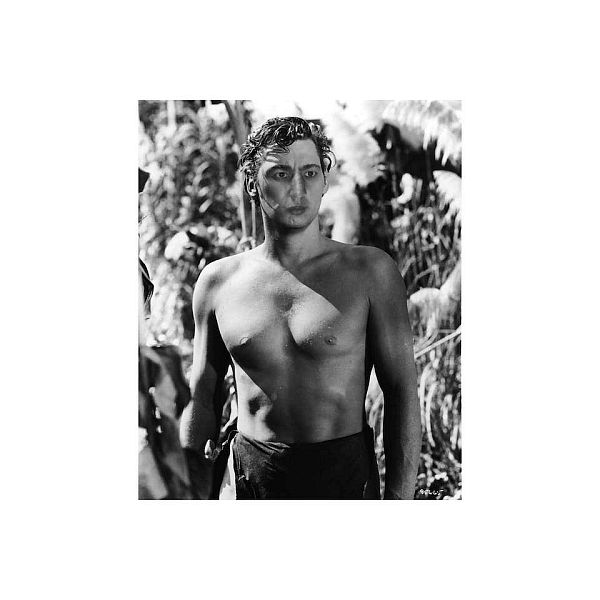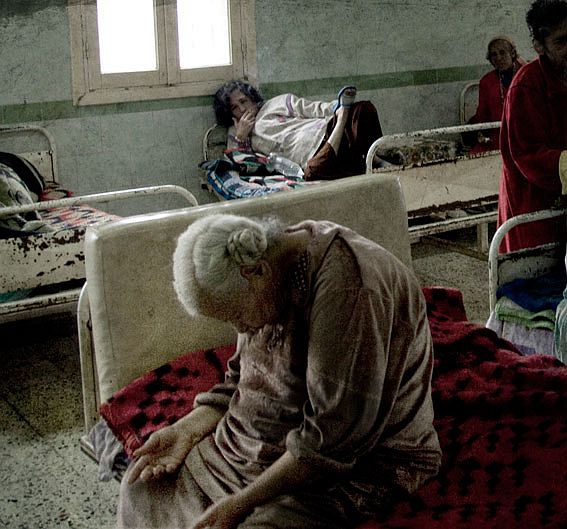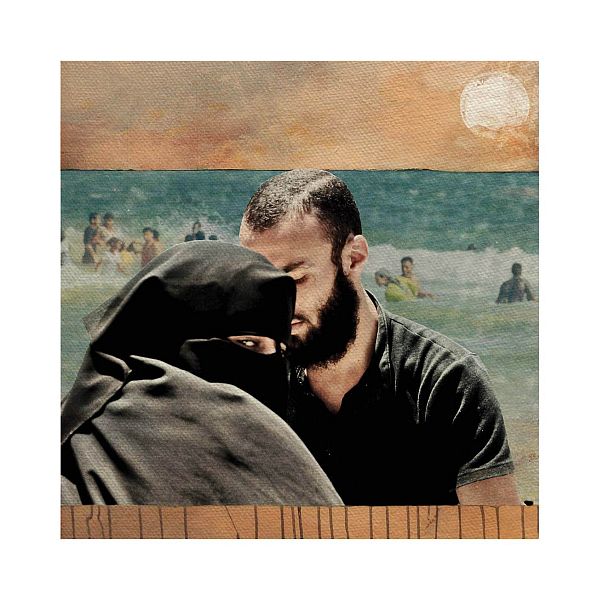Nermine Hammam (b. 1967).












Nermine Hammam (b. 1967).











Richard Misrach (b. 1949).











Archaeologists have found two Pharaonic statues dating back more than 3,000 years in a muddy pit in a Cairo suburb.
The statues, discovered on Thursday on wasteland between crumbling apartment blocks, are thought to represent pharaohs from the 19th dynasty, which ruled from 1314 to 1200 BCE.
Full article HERE.




Francis Frith (1822-1898).










John Beasly Greene (1832-1856).










Her name was originally B’sst which became Ubaste, then Bast, then Bastet; the meaning of this name is not known or, at least, not universally agreed upon.
Bastet is the Egyptian goddess of the home, domesticity, women’s secrets, cats, fertility, and childbirth. She protected the home from evil spirits and disease, especially diseases associated with women and children. She also played a role in the afterlife as a guide and helper to the dead.






Hector Horeau (1801-1872).

Hector Horeau was born in Versailles in 1801. He was trained at the École des Beaux-Arts in 1819-1822, being a student in the ateliers of E. Ch. Nepveu and F. Debret. From 1821, he worked first as an illustrator: amongst his commissions was that for the plates of F. Cailliaud’s Voyage à Méroé (1826-7). In 1825 he received his first commission as an architect, and architecture remained his main interest and occupation for the rest of his life, which was spent working on both private and public projects in France and England. His main accomplishment was the Winter Garden in Lyon (1847); this no longer exists, and none of his completed projects for private commissions still exist or can be identified.

During the first part of his life he travelled extensively around Europe (Germany, Belgium, Netherlands, Italy, England, Russia, Sweden) and Egypt. In Egypt, in 1838, he visited the entire country, including Nubia, and produced many watercolours and sketches. On his return from the Near East, he was made treasurer of the Société Asiatique, 1842. His interest in Egypt lay in both its ancient monuments and the modern country and its population, and it would stay with him for the rest of his life, as shown by his work L’Avenir du Caire au Point de Vue de l’Édilité et de la Civilisation, published two years before his death, in 1870.
A selection of Hector Horeau’s watercolours was published as Panorama d’Égypte et de Nubie, avec un Portrait de Méhémet-Ali et un Texte Orné de Vignettes in Paris, published ‘Chez l’-auteur’, between 1841 and 1846. The book has 37 plates, each accompanied by a two-page descriptive text which usually contains several additional small illustrations (engravings).


